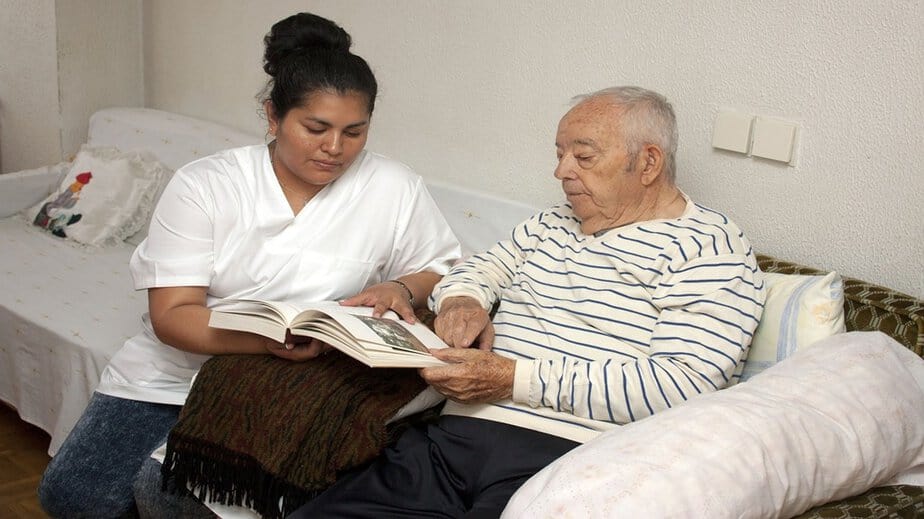We’re standing at the precipice of an urgent crisis: an aging global population that needs compassionate, professional care. But who will deliver this care, and under what circumstances? The mission isn’t simple. It’s not an easy knot to untangle. It’s about remodeling the landscape of nursing homes and infusing the industry with much-needed change.
This post explores practical approaches to enhancing elderly care facilities, addressing key operational aspects.
Current State of Nursing Homes
An aged person with a heart full of stories finds solace within the walls of a nursing home—this is the picture we wish to paint. But often, reality diverges from the ideal.
The nursing home industry, colossal in size with more than 15,000 facilities in the United States alone, teeters on the edge of multiple challenges.
Our industry is like a ship in stormy waters; we need a firm hand, a keen eye, and a brave heart to steady it.
Some challenges? Staffing issues, quality of care, and the devastating blow dealt by COVID-19. Research institutions, government health reports—reliable sources shedding light on the state of the nursing home industry.
Ways To Improve Nursing Homes
Elderly care facilities play a pivotal role in supporting and assisting the aging population. However, concerns have arisen regarding these establishments’ quality of care and living conditions. It is crucial to focus on improving and reforming these facilities to guarantee exceptional care while preserving the dignity of our seniors.
1. Advancing staff training and optimal staffing
A well-functioning elderly care facility relies on compassionate and skilled staff. By augmenting training programs, these facilities can ensure that employees possess the necessary expertise and empathy to provide top-notch care. Training should prioritize effective communication, empathy, and specialized care for prevalent health conditions in the elderly.
Consider programs like the online MSN FNP degree, which imparts key skills to enhance senior care. Additionally, maintaining appropriate staffing levels is essential for personalized attention to residents. By establishing suitable nurse-to-resident ratios, these facilities can guarantee that each resident receives the attention and care they deserve.
2. Emphasizing resident-centered care
Elderly care facilities should transition towards a resident-centered care approach that recognizes and respects the uniqueness and autonomy of each individual. This involves involving residents in decision-making processes concerning their daily routines, meal choices, and physical activities. By granting residents more control over their lives and fostering their independence, these facilities can cultivate a sense of empowerment and enhance overall well-being.
3. Creating a homely environment
Many elderly care facilities possess an institutional and sterile ambiance, which can contribute to feelings of isolation and sadness among residents. Transforming these facilities into homelike environments can significantly enhance residents’ quality of life. Achieving this can involve incorporating cozy furnishings, personalized decorations, and communal spaces that encourage social interaction. Integrating gardens, outdoor seating areas, and pet-assisted therapy programs can provide opportunities for residents to connect with nature and experience the positive effects of animal companionship.
4. Implementing stringent safety and quality standards
To ensure resident well-being, elderly patient care facilities must establish rigorous safety and quality standards. Regular inspections, including surprise visits, should be conducted to monitor compliance. Strict enforcement of protocols for infection control, medication management, and fall prevention is crucial. Transparent reporting of incidents and complaints fosters accountability and overall improvements in safety and quality of care.
5. Harnessing technological advancements
Incorporating technology into elderly care facilities can streamline processes, enhance communication, and improve the quality of care. Electronic health records ensure accurate and efficient documentation of residents’ medical histories, medications, and treatment plans. Remote monitoring devices and wearable technologies can aid in monitoring vital signs, fall detection, and activity levels, enabling timely interventions and improving wellness.
Moreover, telehealth services connect residents with healthcare professionals, reducing transportation needs and improving access to specialized care.
6. Adopting alternative models of care
Why not change the game entirely? The rules aren’t etched in stone. Traditional nursing homes have their place, but have we considered the alternatives? The ‘Green House’ model and the Small Home model—different names, a similar ethos. A more homelike environment, smaller groups of residents, and an emphasis on autonomy and social interaction. Are these the keys to a brighter future in senior care? Studies seem to suggest so. But don’t just take our word for it; delve into the research.
7. Amendments to policy and regulation
Dry topics, policies, and regulations? Perhaps. But their power? Undeniable. Consider them the rudder steering the ship of the nursing home industry. Good policies, thoughtfully implemented, are the backbone of lasting change. Each piece of legislation plays its part, from staffing regulations to quality control. So, what’s new on the horizon? Dive into the latest governmental reports, and decipher the policy briefs. Knowledge is power, and in this case, it has the power to drive much-needed reform.
Final Thought
A transformation of nursing homes is attainable through innovative ideas and comprehensive strategies. By understanding and addressing current issues, there’s potential for a significant leap in elderly care quality.
Steps include advanced staff education, patient-centric practices, homelike atmospheres, rigorous safety measures, and technological implementation. This approach guarantees our elders’ graceful aging, blending dignity, care, and a homey feel, thus rewriting the narrative for elderly care facilities.
Read next: Rewarding Careers For Nursing Students In Home Healthcare.
